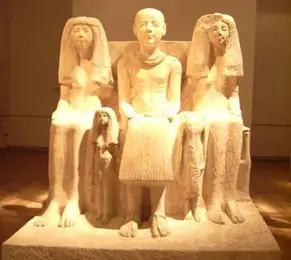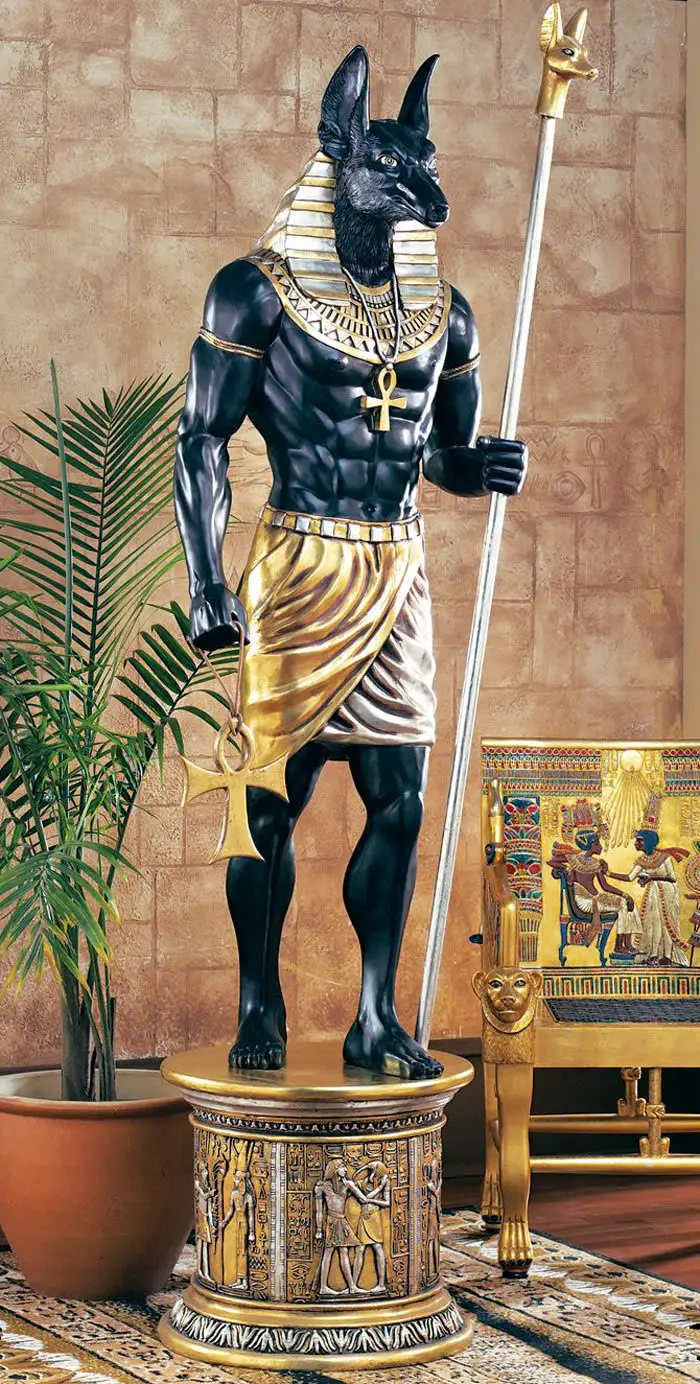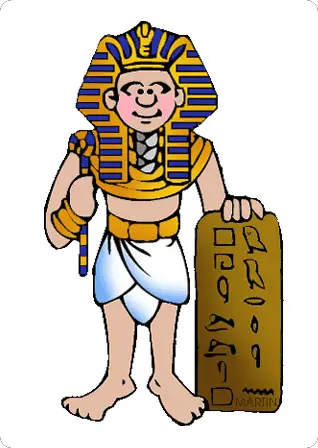Egyptian Sculpture
Sculpture played an important part in the lives of ancient Egyptians. Their talent for producing incredibly beautiful sculptures was based on their association with sculpture and the construction of their tombs and buildings. They linked sculpture as an artistic requirement to everything that they built and believed that the statues of their gods would come to life.


The Egyptians used sculpture in a number of ways. They created statues of their gods, kings and queens, but they also created what is called ‘reliefs’. There are two major kinds of reliefs: one called ‘bas-relief’ where a design is carved with the background cut away so that it stands out and the second, called ‘sunk reliefs’ where they carved the pattern so that it was recessed or ‘sunken’. Other types of reliefs included ‘outline-relief’ where the only carved areas were the outlines of the pictures and ‘high-relief’ where there is a lot of difference between the background and the carved or raised image.

Relief style sculpture was carved on all of the construction areas around Egypt. The images told stories of the battles that were won by their pharaoh, conquests of foreign lands, the happy life of the pharaoh and his family and anything that they thought was important. Many of these reliefs are still standing today in their religious temples and also on the buildings and towers.

Ancient Egyptians made a lot of sculptures to include in the burial tombs of their pharaohs. The sculptures were not only images of the pharaoh and his family, but also of people, animals and slaves that surrounded him during his life. The ones we see today look like they are carved from stone or made from clay and are colorless. But the Egyptians loved color and all of their sculptures were covered in brightly colored dyes and paints, which have since faded through time.

Many of the sculptures of Egypt were decorated with fine gems, jewels and even gold. The Egyptian artists also used woods that were local and imported from other areas. They sculpted statues, chariots, animals, birds and pictures of their lives. Around the time of 3,000 BCE, Egyptians started using bone and ivory for sculpting.

When the Egyptians carved sculptures of their gods and pharaohs, they were always facing forward. Their reasoning was that they should always be looking towards eternity. The largest sculptures were sometimes looking slightly downward, to make the image easier to see by people. If you look at the sculptures, you will notice that they always appear very rigid. The Egyptians used mathematics in the design and a lot of ‘right angles’ to make the sculptures look more powerful. The artists created the sculptures of all kinds with the idea of who would be looking at them; even the relief sculptures are angled so that people could see them.


Ancient Egyptians used a lot of symbols in their artwork. The sculptures of their gods as well as their kinds always included symbolic images to show that they had power over all things. When they created sculptures of other things, they were usually smaller, with smaller symbols to show they had less power or were part of nature. They used specific symbols in sculpture such as zig-zag lines to represent water and a pond would be shown as a rectangle.
Relief sculptures usually used the side or profile-view instead of full front view. Gods, pharaohs and the royal family were always shown to be the largest area of the sculpture. Many reliefs in the burial tombs can still be seen today with all of the painted colors.

Egyptian sculpture changed very slowly over the many years. Archeologists have had trouble trying to trace the changes in art style.



